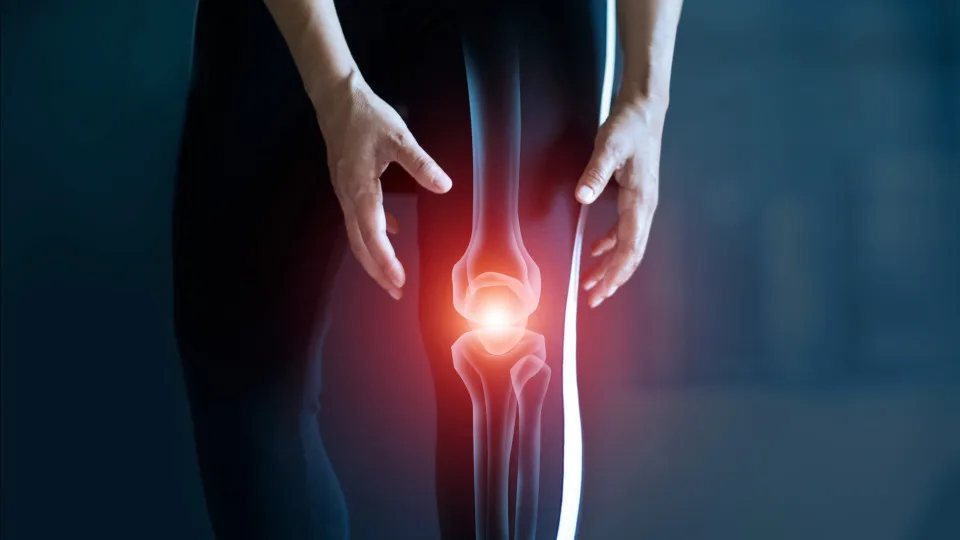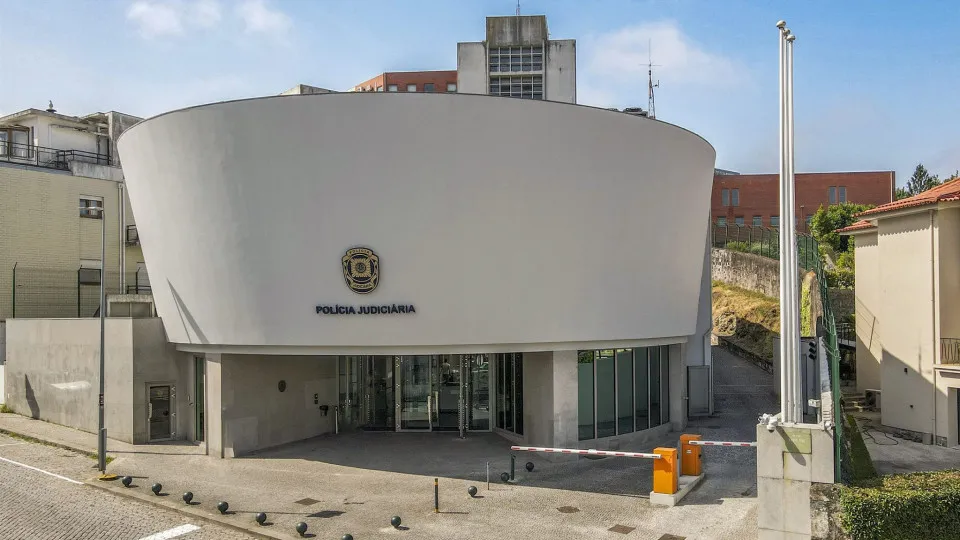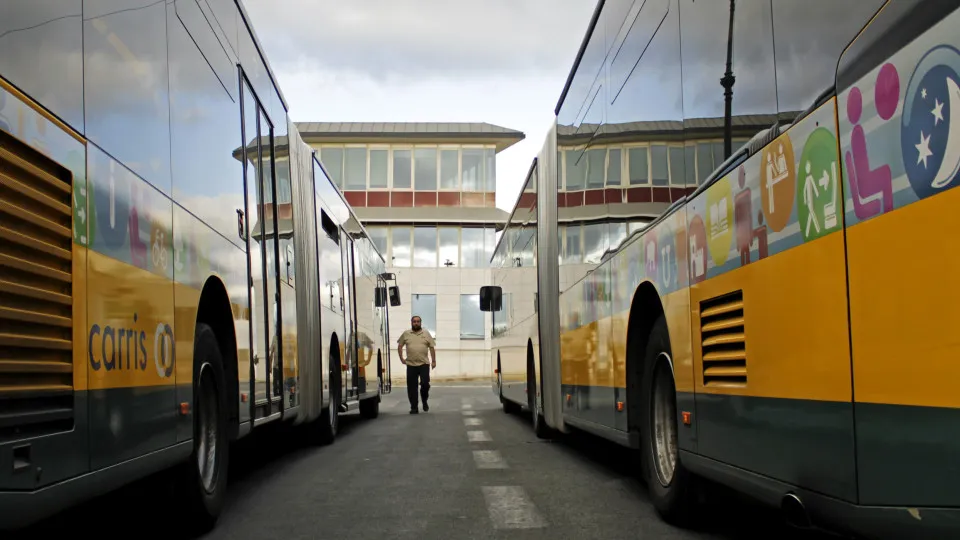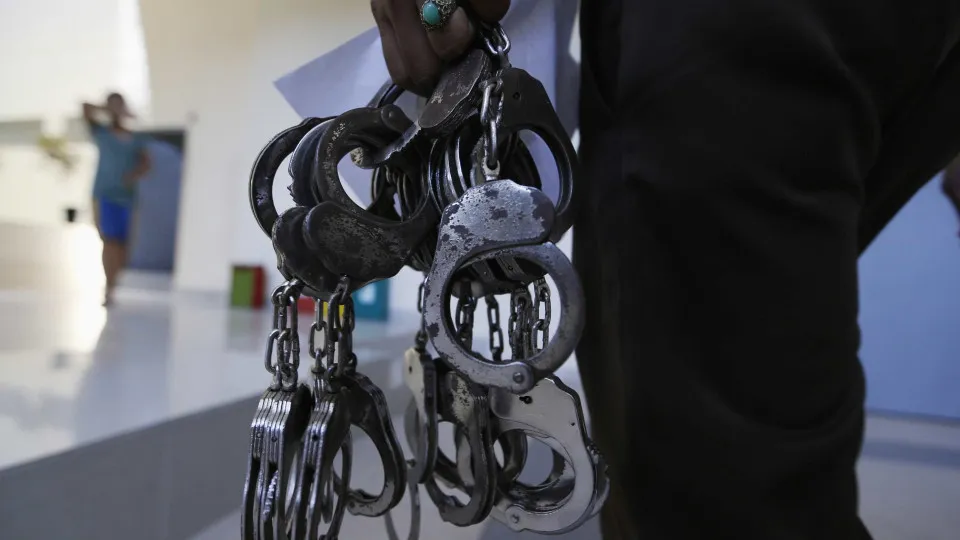
Vânia Oliveira, an orthopedic surgeon and one of the organizers of the ‘Onda Ibérica Elena’ campaign, highlighted the event, coinciding with the first observance of Osteosarcoma Day in Portugal, as an opportunity to raise awareness among society and healthcare professionals about this most common yet rare bone tumor. She noted, “it compromises function, limb, and survival, impacting the lives of patients and their families.”
This tumor affects approximately five people per million annually, with higher prevalence among individuals aged 10 to 25 and a smaller peak at 60 years old.
The specialist explained that initial symptoms—such as intermittent pain at the same location, limited mobility and limping, localized swelling or fractures without an apparent cause—are often misinterpreted as common complaints like muscle pain, sprains, or tendinitis.
“Such confusion often leads to diagnostic delays, which can endanger the affected limb and significantly reduce survival chances, as it can spread through the bloodstream mainly to the lungs (metastases),” she warned.
Therefore, “early diagnosis makes a significant difference, saves lives, and allows limb and function preservation.”
Vânia Oliveira emphasized the importance of parents, youths, teachers, coaches, and health professionals being vigilant about important signs to warrant a medical consultation. She is part of the orthopedic team at Santo António, a national and European reference center for bone and soft tissue sarcomas.
According to the physician, bone lesions detected via X-ray initiate diagnostic study and oncological orthopedic referral at reference centers.
Patients often reach specialists after “more than a year of symptoms,” which can greatly impact potential disease cure.
This unprecedented Iberian campaign is supported by the Fundación Elena Tertre, which invests in and supports cancer initiatives, particularly pediatric cancers, and has been raising awareness about this specific tumor.
Oliveira stressed that preventing osteosarcoma is not possible as there are no modifiable risk factors, making early diagnosis crucial.
For this, “an informed population is needed, able to recognize nonspecific signs and symptoms. We should especially note persistent or recurrent localized pain, unexplained, worsening at night or during physical activity, an increasing mass or swelling, joint edema or effusion, and decreased joint mobility, among others,” she stated.
“When it invades soft tissues or causes a pathological fracture, it signifies prolonged progression and late diagnosis. Osteosarcoma can metastasize, potentially spreading via blood and developing distant lesions, particularly in the lungs,” she clarified.
The treatment of osteosarcoma “is always multidisciplinary and should be carried out in reference centers by experienced teams,” she advocated.
The aim is to “cure” patients with chemotherapy treatments before and after surgical procedures.
Osteosarcoma Day, marked by a scientific meeting at Hospital de Santo António, focused on patients and their testimonies.
Survivors achieve “high quality of life levels, and several even become high-performance athletes,” as exemplified by a Spanish world champion canoeist, a “true example of strength and overcoming,” who attended the event.
Eduardo Ortiz Cruz, a global authority on the disease and a member of the European Osteosarcoma Society, also contributed significantly to the campaign’s inception.




